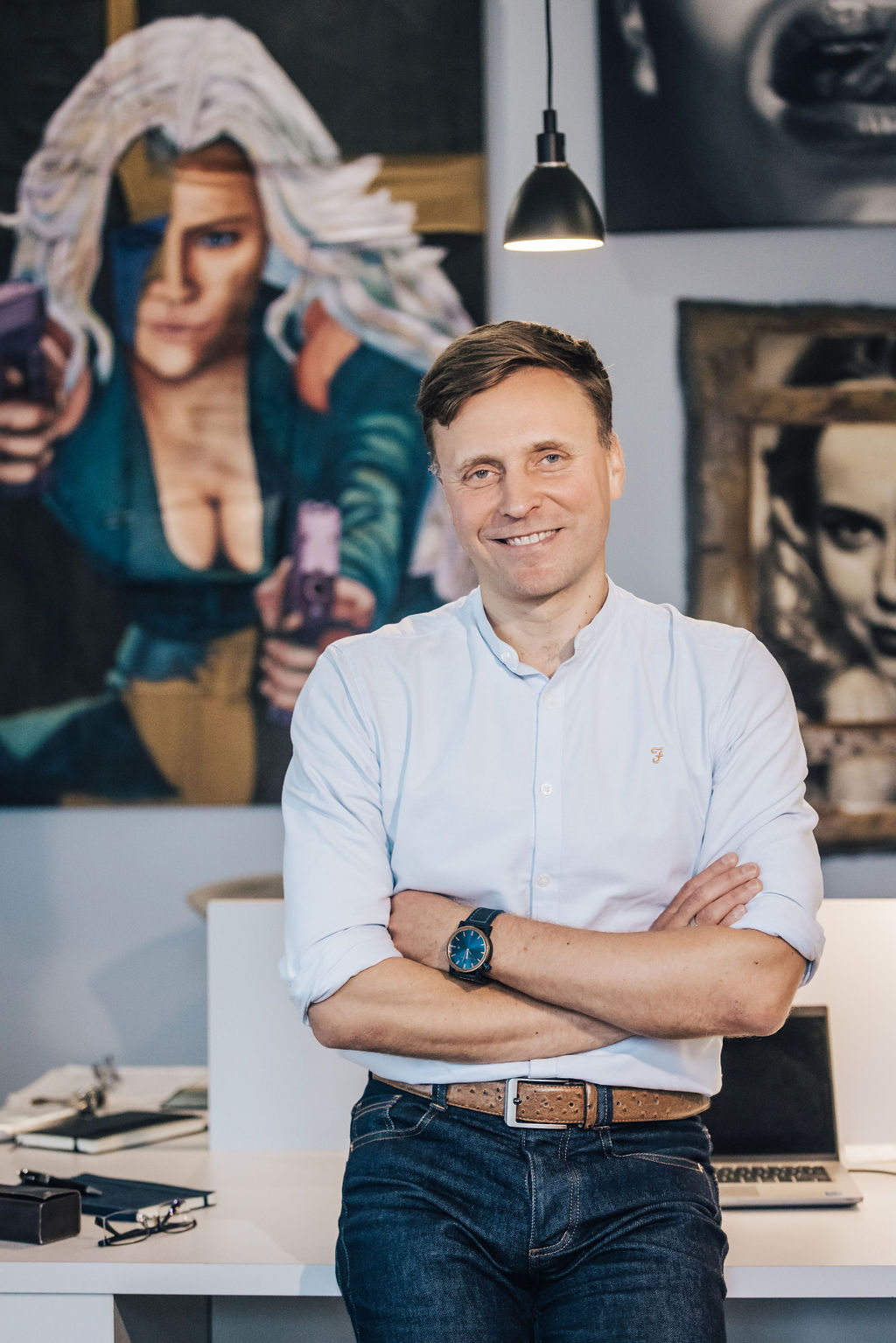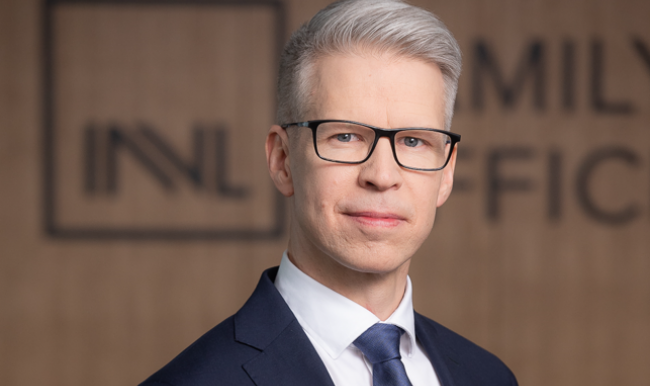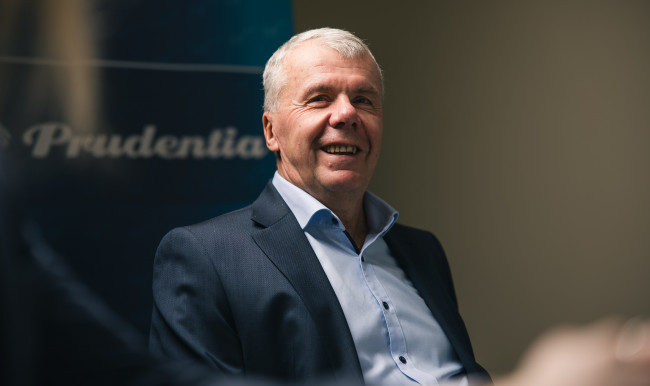
Toptech 2024 – The hunt for liquidity
Rando Rannus
Partner of Siena Secondary Fund
Liquidity events - situations when liquidity is injected into the ecosystem, for example in the form of a financing round, IPO, M&A, or a liquidity offering through secondary deals that happen in between - are critical to the effective functioning of the startup ecosystem. These serve not only as a means to unlock the realization and redistribution of capital gains, but also as catalysts for the systematic recycling of talent and expertise into a new generation of companies. Let`s take a Skype effect - more than 900 startups have been launched since Skype was sold to eBay back in 2005, many of them well known unicorns like Wise or Bolt.
These events have gotten more crucial as the time evolves due to the simple fact that companies are staying private for a lot longer periods of time - in 1999 the average lifetime of a company prior to an IPO was just 4.5 years. Jumping into this century, in 2020 this figure was at 12 years. Or in the case of the above mentioned Skype, mere 2 years vs in comparison with Bolt, which is going for its 12th year and still has no clear visibility on the exit.
Unfortunately in the last two years the situation has not improved. In 2023 the public markets showed stabilizing multiples, however, companies in the top quartile are still trading below the 10-year average multiples. This goes to show that the post-pandemic enthusiasm has worn out and the valuations have aligned with what the actual financials reflect. Lower activity from the IPO markets have in turn dried up the activity from crossover investors, who are agents in the public markets but also invest in pre-IPO companies in the private markets. This is in a way a downward spiral as fewer crossover investors participate, there is less growth capital available, which makes it harder for companies to reach the size or scale required to launch an IPO. This, in turn, reduces the number of IPOs, which further discourages crossover investors from engaging. The same logic applies to VCs who need to return capital to their fund investors. If there is no liquidity via IPOs or M&A, no new capital can be injected to the ecosystem via new fund commitments. It's a self-reinforcing cycle where each side feeds into the other: fewer IPOs lead to less growth capital, and less growth capital leads to fewer IPOs.
In order to unlock the market, investors are becoming more innovative and looking for alternative ways for liquidity. VC secondary market - transactions where instead of primary capital commitments to the underlying companies, instead shares of the company or fund commitments are traded - is becoming more and more attractive to all types of sellers: fund investors, angels, VCs, early employees and founders. During the last 4 years the VC secondary market has doubled its size, reaching more than 130B USD in 2023.
In Estonian context we have seen some secondary activities emerging and helping to unlock the private capital, both by local specialized funds or large US based tier 1 VCs which have provided some liquidity as part of a larger primary financing round. However, this is just a water drop in an ocean as the whole market cap of Estonian startups is well above 15B, but the liquidity need is a few hundred millions per year. Hence, not only the employees and investors of Bolt are waiting for the IPO - the whole ecosystem needs a new major liquidity event that would turbocharge our tech flywheel with new capital, talent and most importantly new positive exit story that would help to inspire the generations to come.


